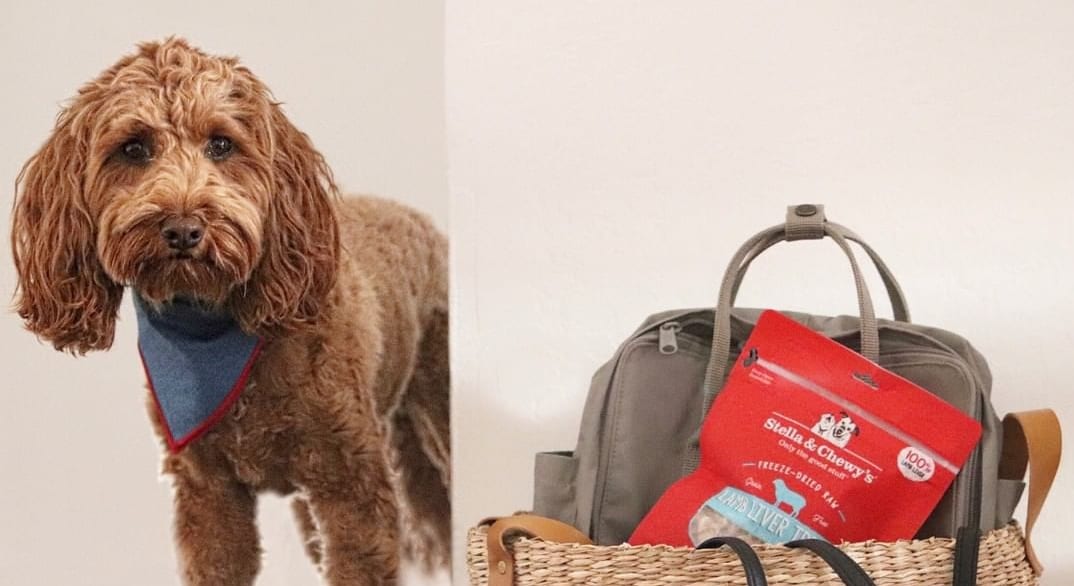
Dogs are social animals and it can be difficult for them to spend time alone. While many dogs can learn to accept being alone for moderate amounts of time, some dogs become anxious when you leave. A change in routine can be especially stressful, like when their family member returns to work or school after having been home for a long period of time. There are many potential causes for anxiety and stress in dogs and identifying your dog’s trigger is key to helping them.
What is dog separation anxiety?
Being left alone at home and watching their human leave can be very upsetting for dogs. A dog that has separation anxiety will feel emotional distress when separated from a person they are attached to. They are often destructive as a part of their panic response.
Signs of Dog Separation Anxiety
Some common behaviors of dogs with separation anxiety include:
- Howling, barking, or whining
- Urinating or defecating indoors, even though they are healthy and housebroken
- Destruction of the home, including chewing up furniture, scratching doors and windows
- Excessive drooling, obsessive pacing, and chewing or licking, especially the feet and toenails
- Attempts to escape
Causes of Dog Separation Anxiety
While all of the causes are not fully understood, some situations that might be associated with the development of separation anxiety include:
- Change in schedule or routine, for example when a family member returns to work or school
- Change of guardian or family, or moving from a shelter to a home
- Loss of a family member
What to do if your dog has separation anxiety
First, visit your veterinarian to rule out any medical problems. Sometimes the signs of separation anxiety can also be signs of a medical disease. Visit your vet for a wellness exam and basic blood work. By letting your vet know about your dog’s separation anxiety, they can also help provide general advice about how to treat it.
Short-term solutions for dog separation anxiety
Sometimes you need a more immediate solution while working with your dog. Some of these suggestions could help:
- Doggie daycare can provide your dog with exercise, mental stimulation, and a routine; all of which can help soothe separation anxiety.
- A pet-sitter, whether professional or a family member or friend, can keep your dog company, take them for walks, and keep them busy.
- Take your dog to work with you if they are allowed at your workplace (check out our office pets!)
- Consult your veterinarian about anti-anxiety medications. The purpose of anti-anxiety medications is not to sedate your dog but rather to decrease their anxiety so that they can relax while you are away.
If your dog has mild separation anxiety, try some of these techniques:
- Make arrivals and departures as uneventful as possible. Consider limiting your interaction with your dog before you leave and delay greeting them until they are calm and relaxed.
- Give your dog a special treat each time you leave, like a toy stuffed with Crav’n Bacon treats that takes a while to finish. They only get the special treat when you leave and it is taken away when you’re home.
- Leave out some worn clothes that smell like you.
For more serious cases of separation anxiety:
You’ll need to help your dog get used to your absence through systematic dog separation anxiety training, also called desensitization or counter-conditioning. Please note, this training is complex and an experienced professional can help. Look for a Certified Applied Animal Behaviorist (CAAB or ACAAB) or a board-certified veterinary behaviorist (Dip ACVB) to help you with the training.
These steps briefly describe desensitization and counter-conditioning steps:
- Work on pre-departure cues. Your dog may see subtle cues that you’re leaving (like putting on your coat or picking up your keys) and start getting anxious about being left alone. Teach your dog that when you pick up your keys or put on your coat it doesn’t always mean you’re leaving. You can practice exposing them to these cues in various orders several times a day without leaving.
- Move on to graduated departures and absences. Begin frequent and short separations behind a closed door and increase the time in small increments. As your dog is tolerating you being on the other side of the door, increase the amount of time you’re gone. Remember, your return must be low-key. Gradually build up the time until you can leave the house for a few minutes. Then stay away for longer and longer periods of time.
You must proceed very gradually until your dog shows no signs of distress. At any point, if your actions produce an anxiety response in your dog, you’ve proceeded too fast.
GET $3 OFF, INSIDER OFFERS, AND HELPFUL PET CARE TIPS.
By entering your information, you are opting in to receive communication from Stella & Chewy's
